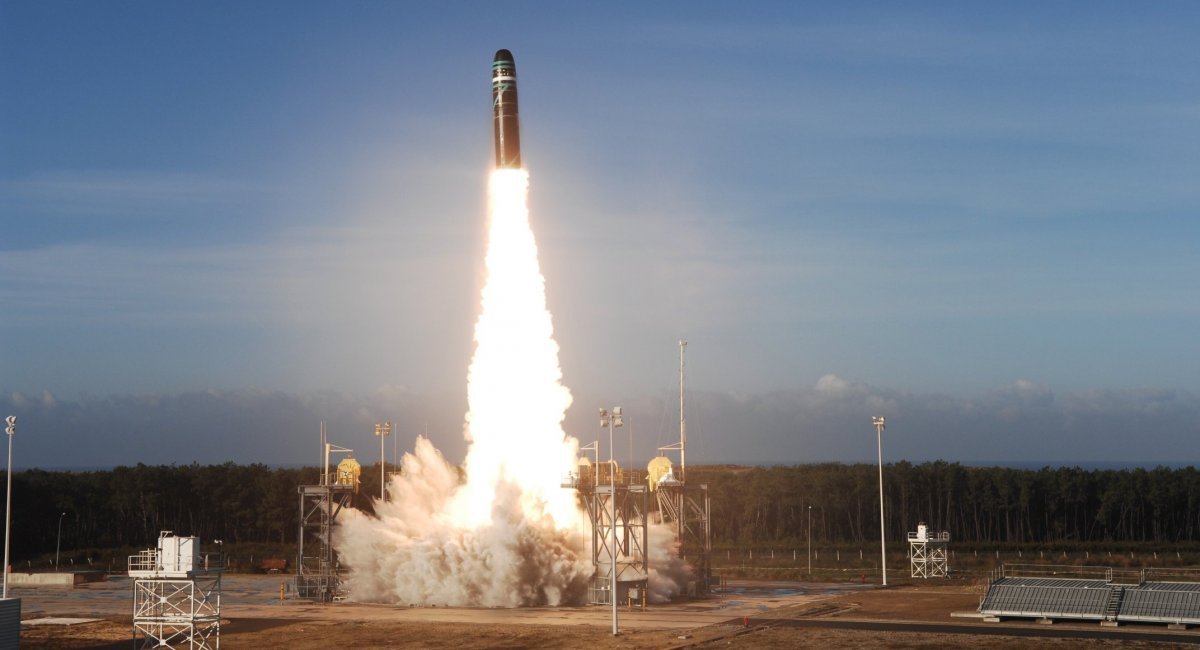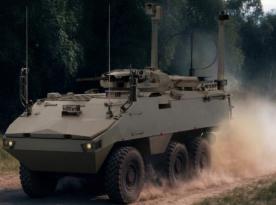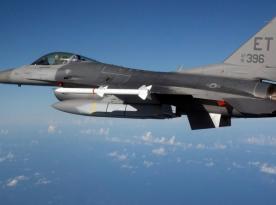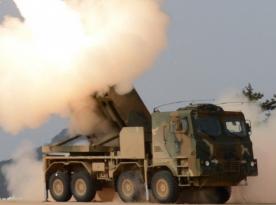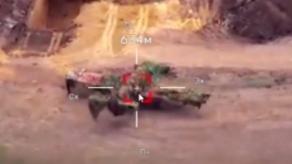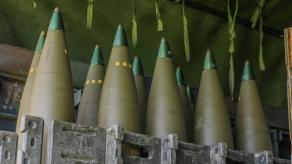The French government has officially launched a program to develop a medium-range ballistic missile (MRBM) capable of striking targets up to 2,000 kilometers away. The project currently carries the concise name Missile Balistique Terrestre (MBT), or Ground-Based Ballistic Missile.
Funding for the program has been included in the 2026 national budget proposal and the broader development plan through 2030, with ArianeGroup designated as the prime contractor. The choice is unsurprising, as ArianeGroup remains the only French, and indeed European, manufacturer of space launch vehicles and the M51 submarine-launched intercontinental ballistic missile (ICBM) currently in French service.
Read more: French Destroyer Makes History, Intercepting AASM Hammer Bomb After MICA-EM Success
According to official data, France plans to allocate €15.6 million in 2026, €20 million in 2027, €44 million in 2028, and then sharply increase spending to €820 million in subsequent years. The missile's deployment is scheduled for 2030.
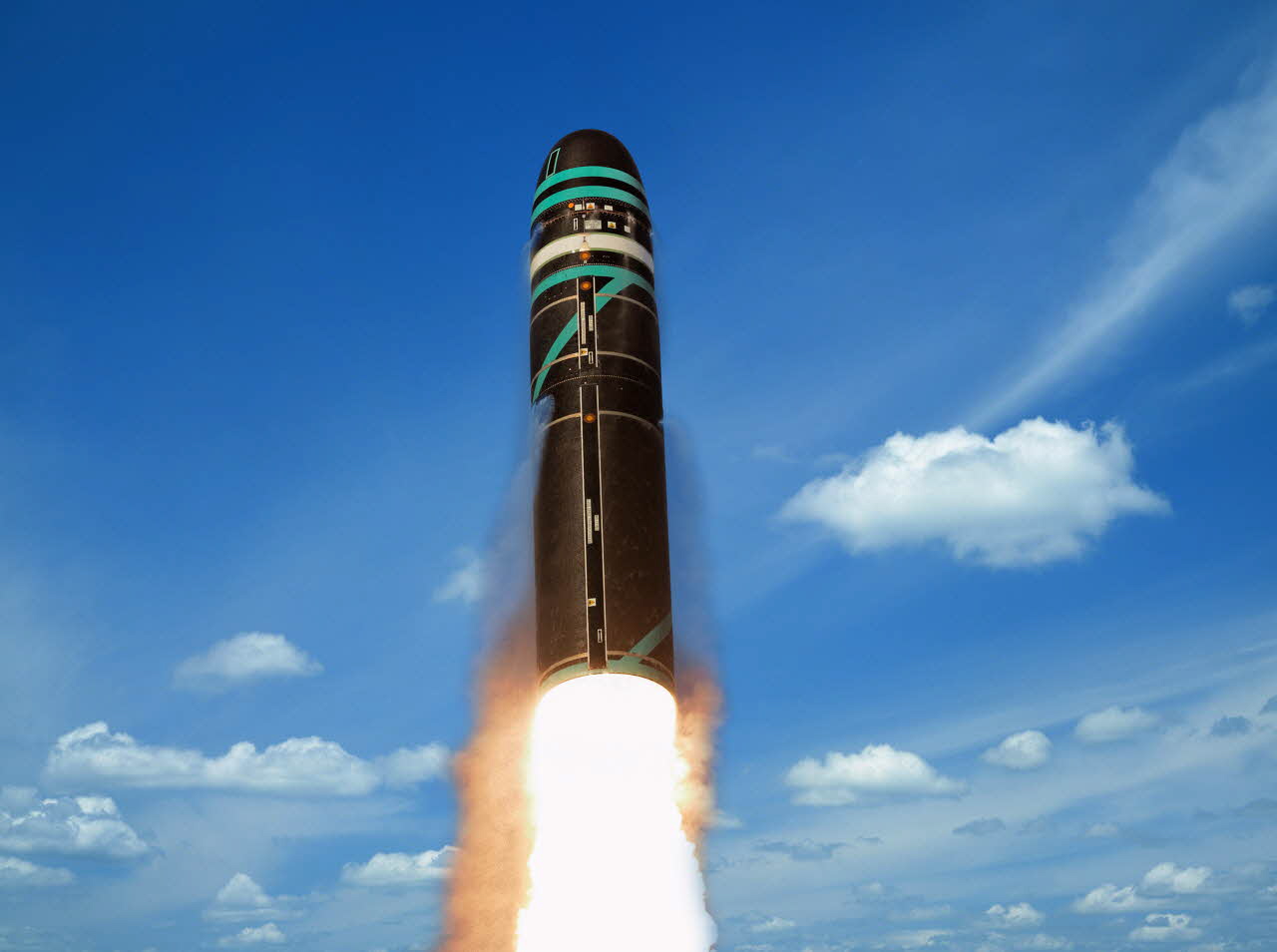
In total, the development, testing, and likely preparations for serial production are expected to cost nearly €900 million, with a development timeline of four years. It is important to note that ArianeGroup will not be starting from scratch and is expected to draw heavily on existing technologies and expertise.
For instance, during the development of the M51 missile, engineers used solutions derived from the P241 solid rocket booster employed in the Ariane 5 space launcher. Therefore, similar components — including solid propellants, stage separation systems, and navigation and guidance technologies — are expected to be adapted for the new program. This technological continuity helps explain the relatively short development period projected for the MBT.
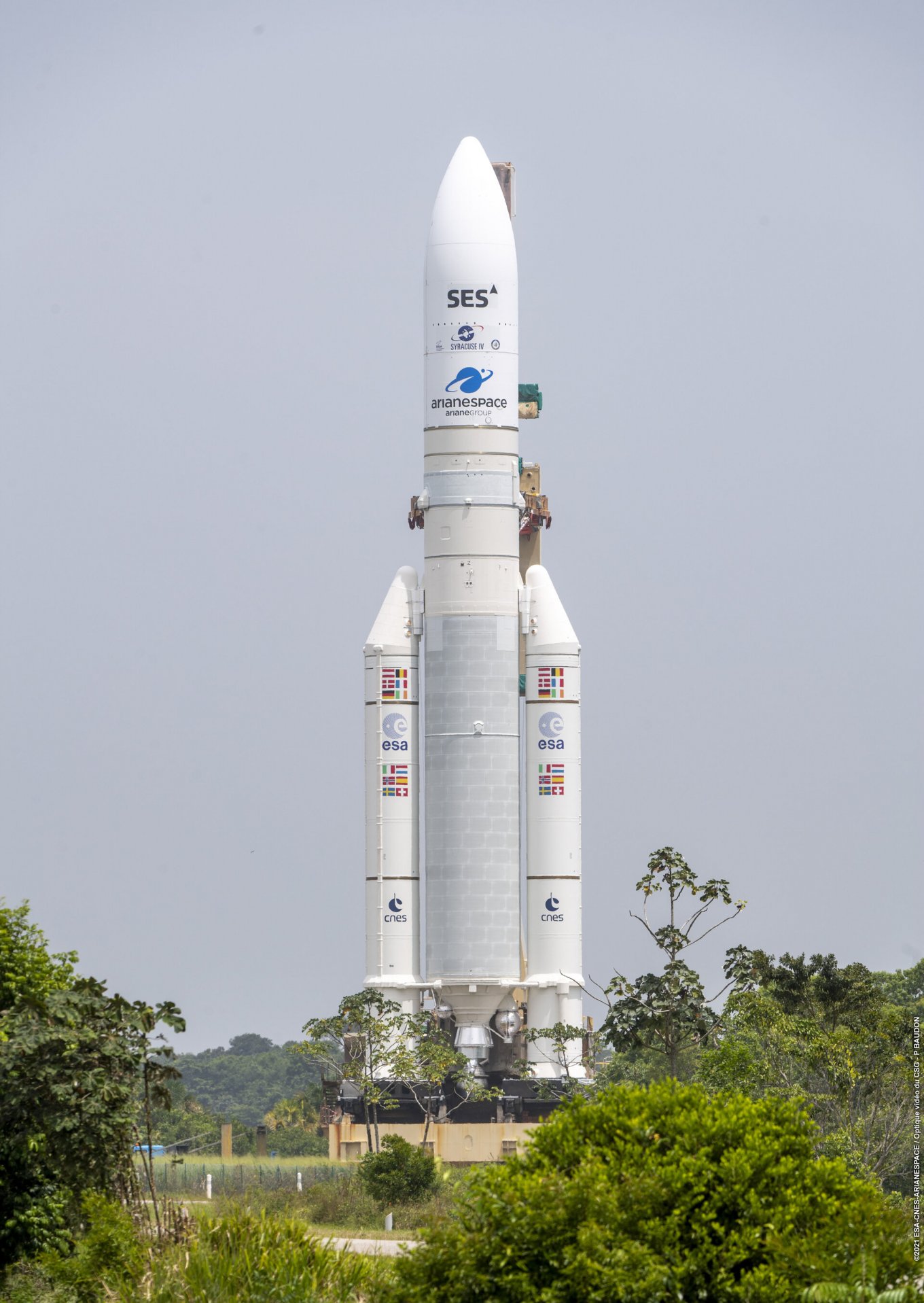
ArianeGroup already appears to have a clear trajectory. During the Paris Air Show in Le Bourget earlier this year, the company unveiled models of ballistic missiles with ranges of 1,000 km and 2,500 km.
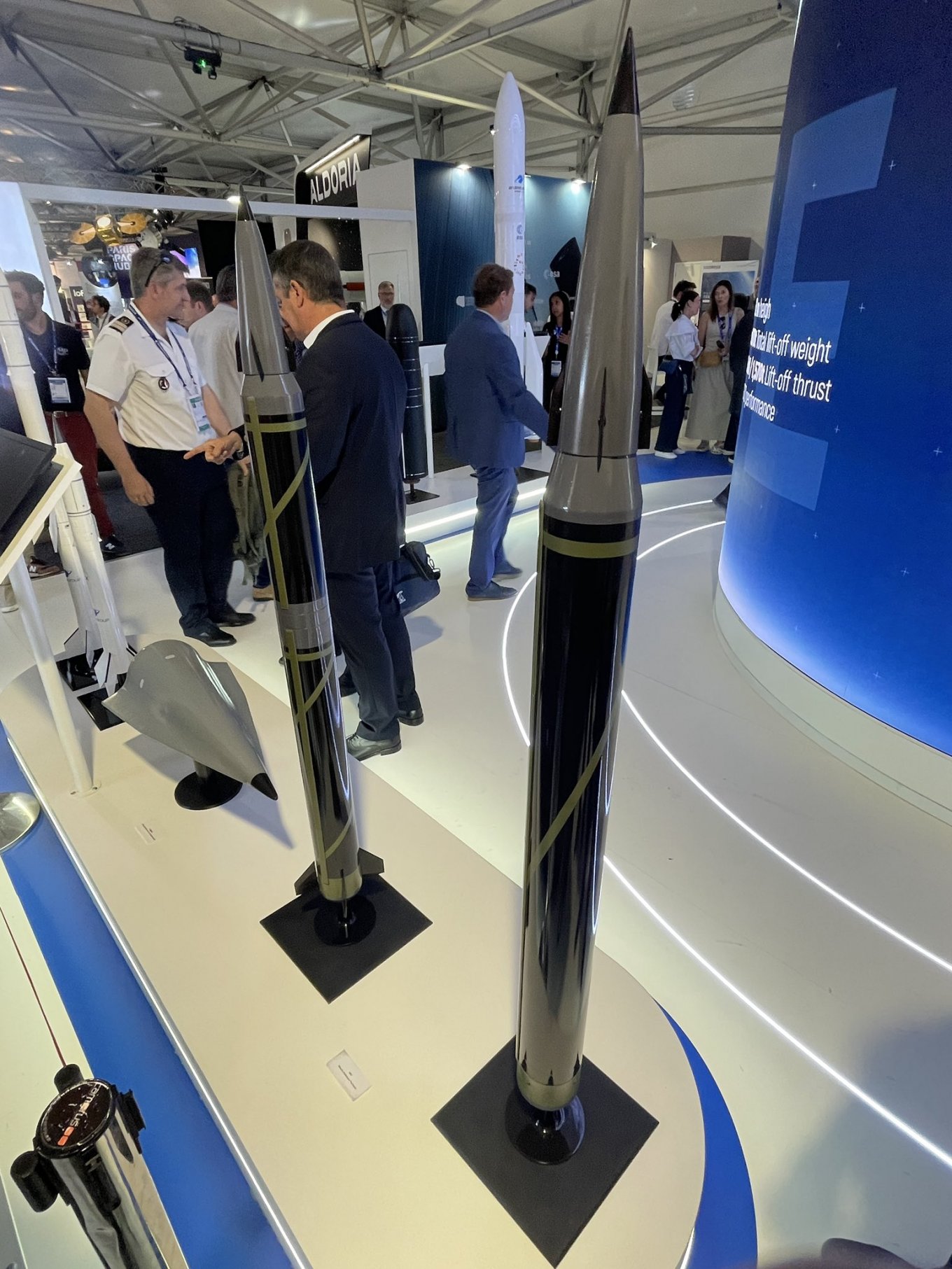
Their design suggests the integration of hypersonic glide vehicles (HGVs), an area in which France continues to develop independently after declining U.S. cooperation.
Thus, the proposed four-year timeline likely takes into account earlier and parallel research efforts. Nevertheless, it provides a realistic reference point for assessing the scope, technological complexity, and industrial capacity required to bring such a system to life.
Read more: France Builds Shahed-Killer Mobile Teams Truck-Mounted Anti-UAS Guns Ready For Real Drone Warfare




